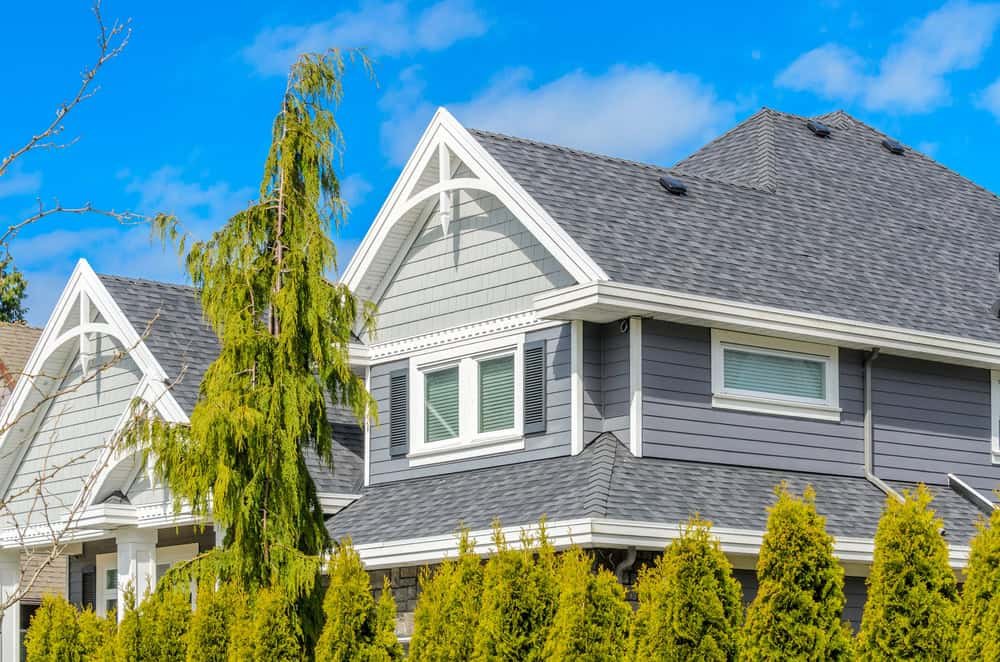Roofer in San Carlos Park, FL
Your Roof's Hurricane-Ready Protection Starts Here
When Florida weather strikes, you need a roofer who understands what San Carlos Park homes face every storm season.
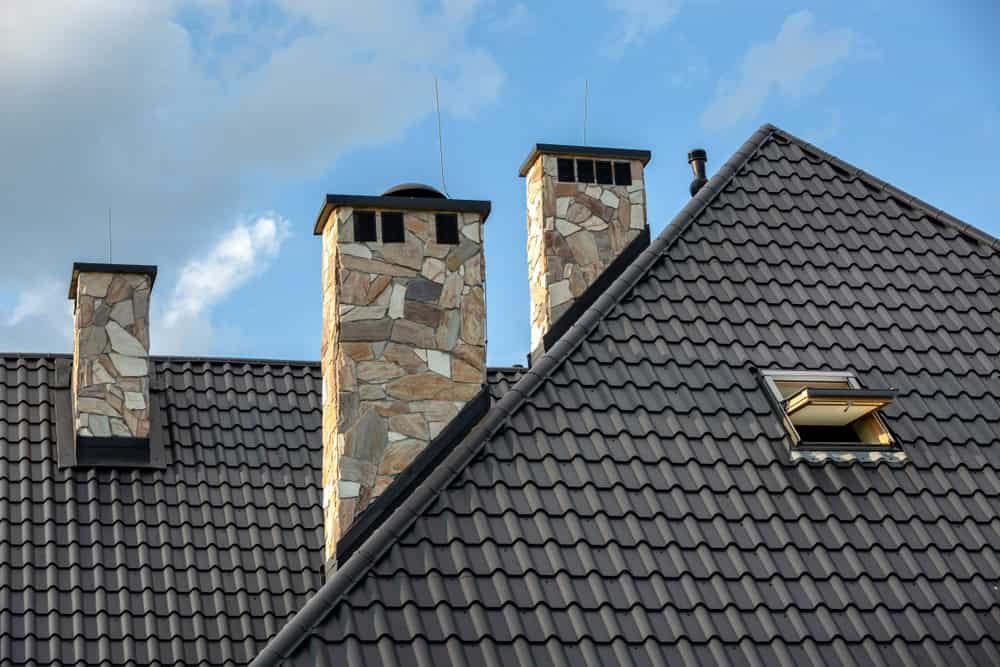
Reviews
100% Customer Satisfaction
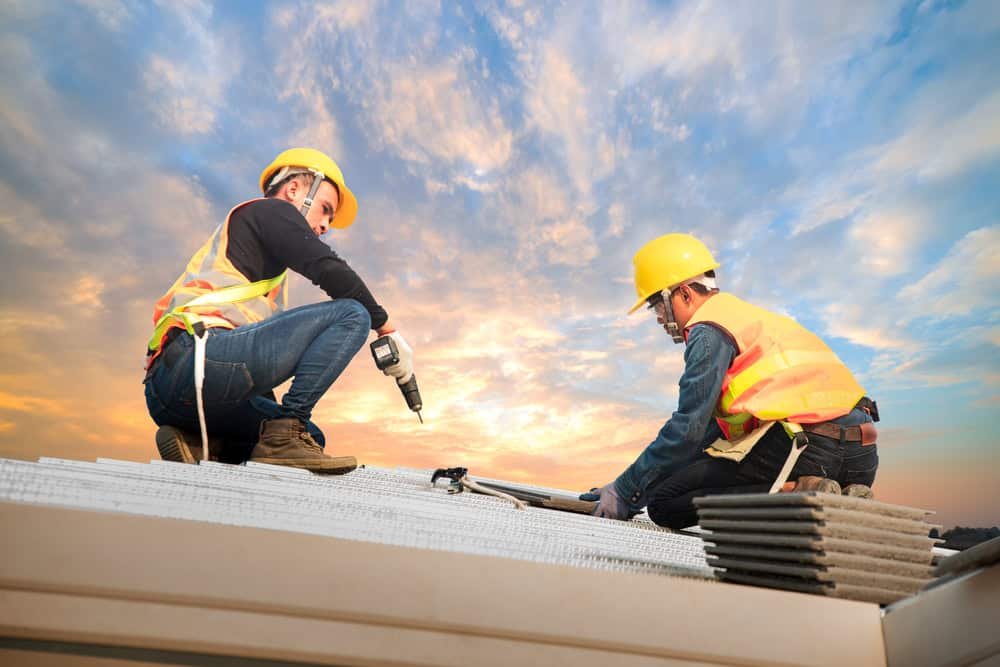
Roofing Services San Carlos Park
Your roof isn’t just covering your house—it’s protecting everything you’ve built. When we’re done, you’ll have a roof that actually stands up to what Florida throws at it.
No more lying awake during storm season wondering if this is the night your roof fails. No more buckets catching drips or calling your insurance company every few months. Just solid protection that works when you need it most.
You’ll sleep better knowing your family is safe under a roof built to handle hurricane-force winds and designed specifically for our climate. That’s the difference between a roof that looks good and one that actually protects your home and family.
Local Roofing Company San Carlos Park
AKM Roofing has been protecting Lee County homes for over 20 years. We’re not some fly-by-night operation that disappears after the check clears—we’re your neighbors.
We’re family-owned, which means when you call, you’re talking to people who actually care about getting it right. We live here too, so we understand exactly what San Carlos Park roofs go through—from hurricane season to year-round sun damage.
Our team knows the local building codes, understands how to work with insurance companies, and can get materials faster because we’ve built relationships with suppliers over two decades of consistent work. When you need a local roofer who’ll be here tomorrow, that matters.
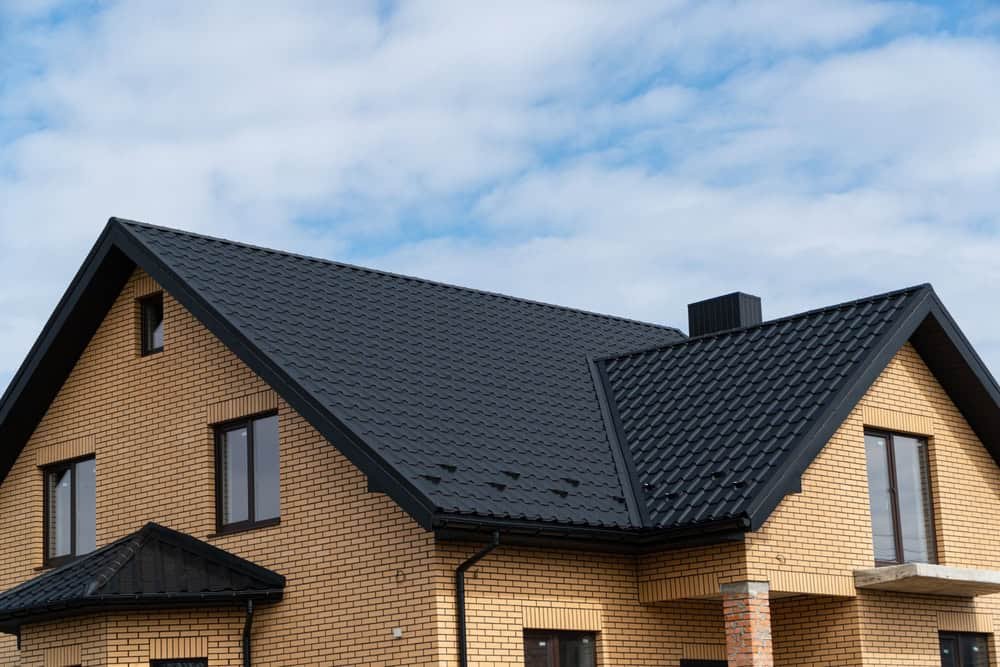
Roof Repair Process San Carlos Park
First, we show up when we say we will and do a real inspection—not some five-minute glance from the ground. We check your shingles, flashing, underlayment, and decking to find everything that needs attention, including problems you can’t see from below.
Then we give you a straight answer about what needs to be done. If it’s a simple repair, we’ll tell you. If your roof needs replacement, we’ll explain why and show you the evidence so you can make an informed decision.
We handle the insurance paperwork if storm damage is involved, document everything properly, and make sure you get what you’re owed. Our crews use quality materials designed for Florida’s climate, install everything according to current building codes, and clean up completely when we’re done. No debris left behind, no damage to your landscaping.
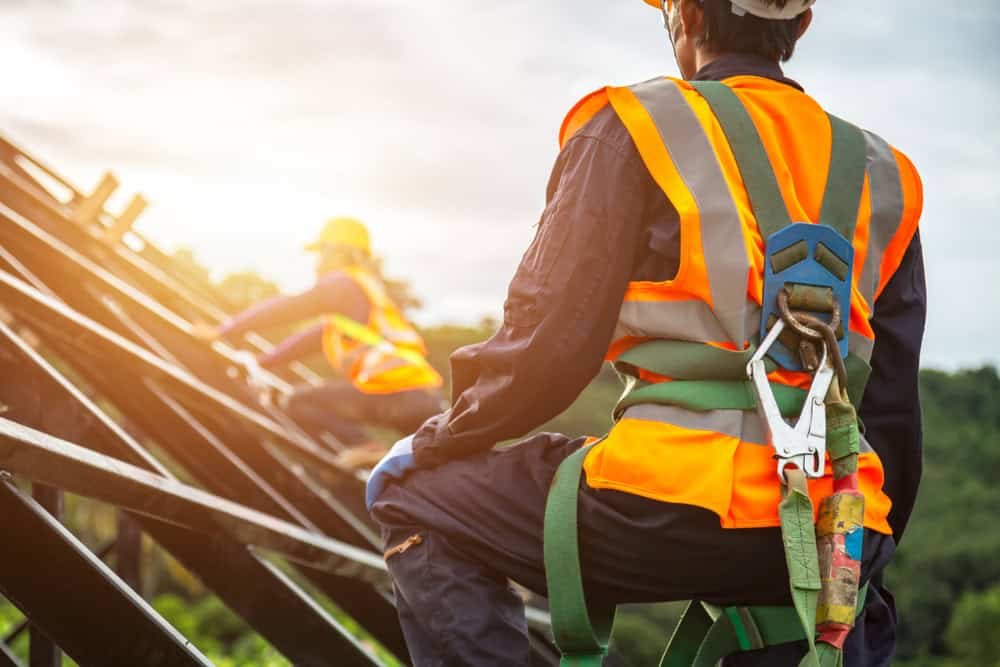
Ready to get started?
Hurricane Resistant Roofing San Carlos Park
Every roof we install uses materials specifically chosen for Southwest Florida conditions. That means impact-resistant shingles that can handle flying debris, proper underlayment that won’t fail in heavy rain, and installation techniques that keep everything attached when the wind picks up.
For San Carlos Park homes, we typically recommend 30-year architectural shingles or metal roofing depending on your budget and needs. Both are designed to handle our intense sun, heavy rains, and hurricane-force winds that can reach 180 mph during major storms.
We also include proper ventilation systems that help with Florida’s humidity and heat, flashing that actually prevents leaks around chimneys and vents, and gutters that can handle our sudden downpours. Everything is installed according to current Florida building codes—not the bare minimum, but what actually works to protect your investment long-term.
